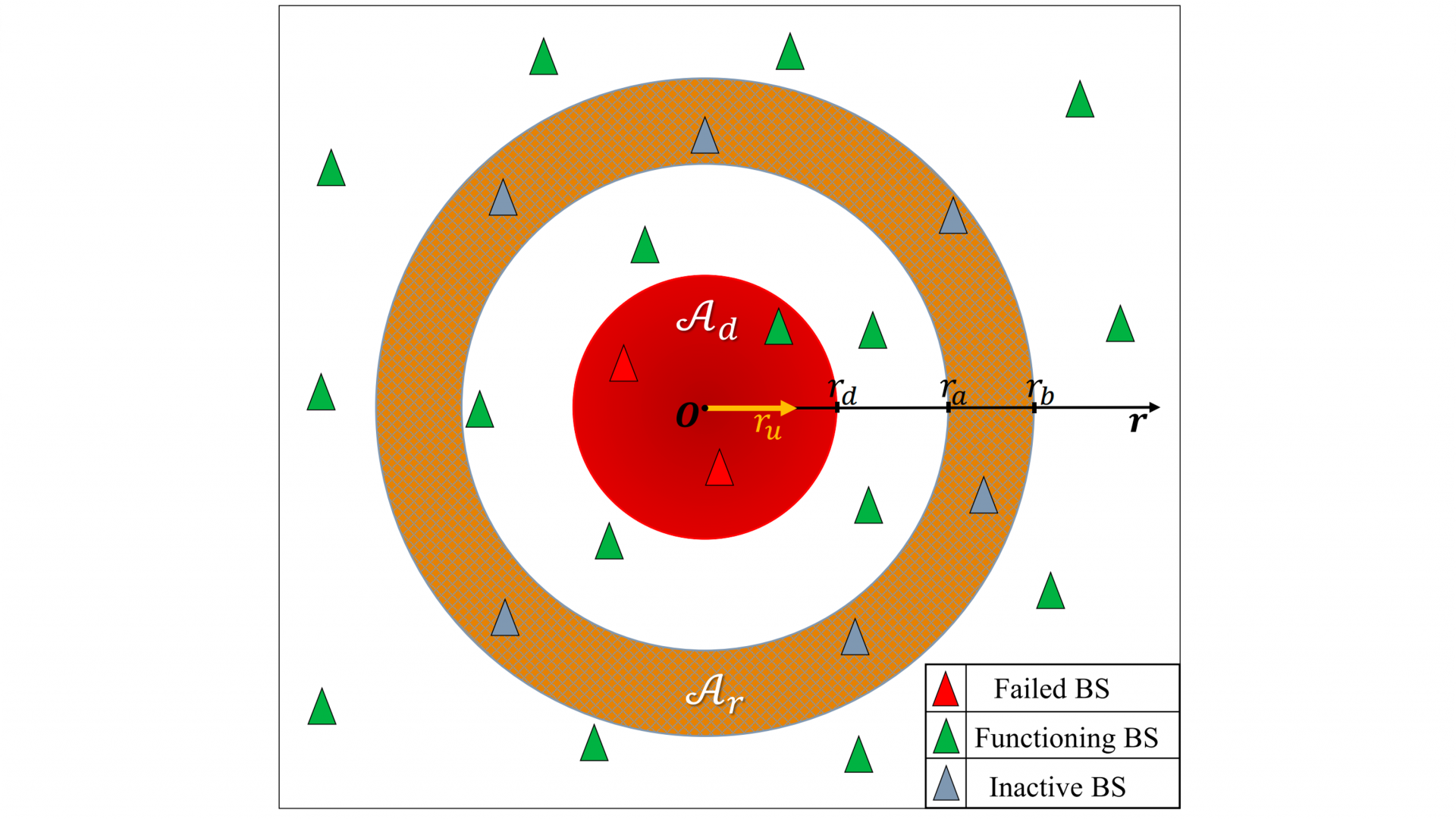A team of KAUST researchers, M. Matracia, M. Kishk, and M. -S. Alouini, have unveiled a pioneering interference-mitigation strategy aimed at bolstering reliability in post-disaster networks. Their collaborative work, titled "Reliability in post-disaster networks: A novel interference-mitigation strategy," promises to revolutionize the field and significantly improve communication systems in the aftermath of calamities.
In the face of natural disasters and other catastrophic events, maintaining robust and dependable communication networks is paramount. The novel interference-mitigation strategy proposed by Matracia, Kishk, and Alouini addresses this critical need, providing a comprehensive solution to enhance the resilience and reliability of post-disaster networks.
Key Features of the Interference-Mitigation Strategy:
1. Innovative approach: The research introduces a cutting-edge interference-mitigation strategy, breaking new ground in the quest for post-disaster network reliability.
2. Adaptability: The strategy is designed to adapt to various communication scenarios and types of disasters, offering a versatile solution for different contexts.
3. Enhanced reliability: Through meticulous research and experimentation, the team has demonstrated a substantial improvement in network reliability, even in challenging post-disaster environments.
4. Practical applications: The proposed strategy is not confined to theoretical concepts but provides practical insights and applications that can be implemented in real-world post-disaster scenarios.
5. Collaborative expertise: The collaboration between M. Matracia, M. Kishk, and M. -S. Alouini brings together a wealth of knowledge and experience, ensuring a comprehensive and well-rounded exploration of the subject matter.
The researchers anticipate that their findings will have a profound impact on disaster response efforts, enabling more effective communication systems during critical times. The implications of this research extend to emergency services, humanitarian aid organizations, and all those involved in managing and mitigating the aftermath of disasters.
This groundbreaking work is published in IEEE Open Journal of Vehicular Technology, further solidifying its significance within the academic and research communities. The researchers are available for interviews to provide additional insights into their work and its potential impact on the future of post-disaster communication networks.
More information can be found in the paper and the video given below:



